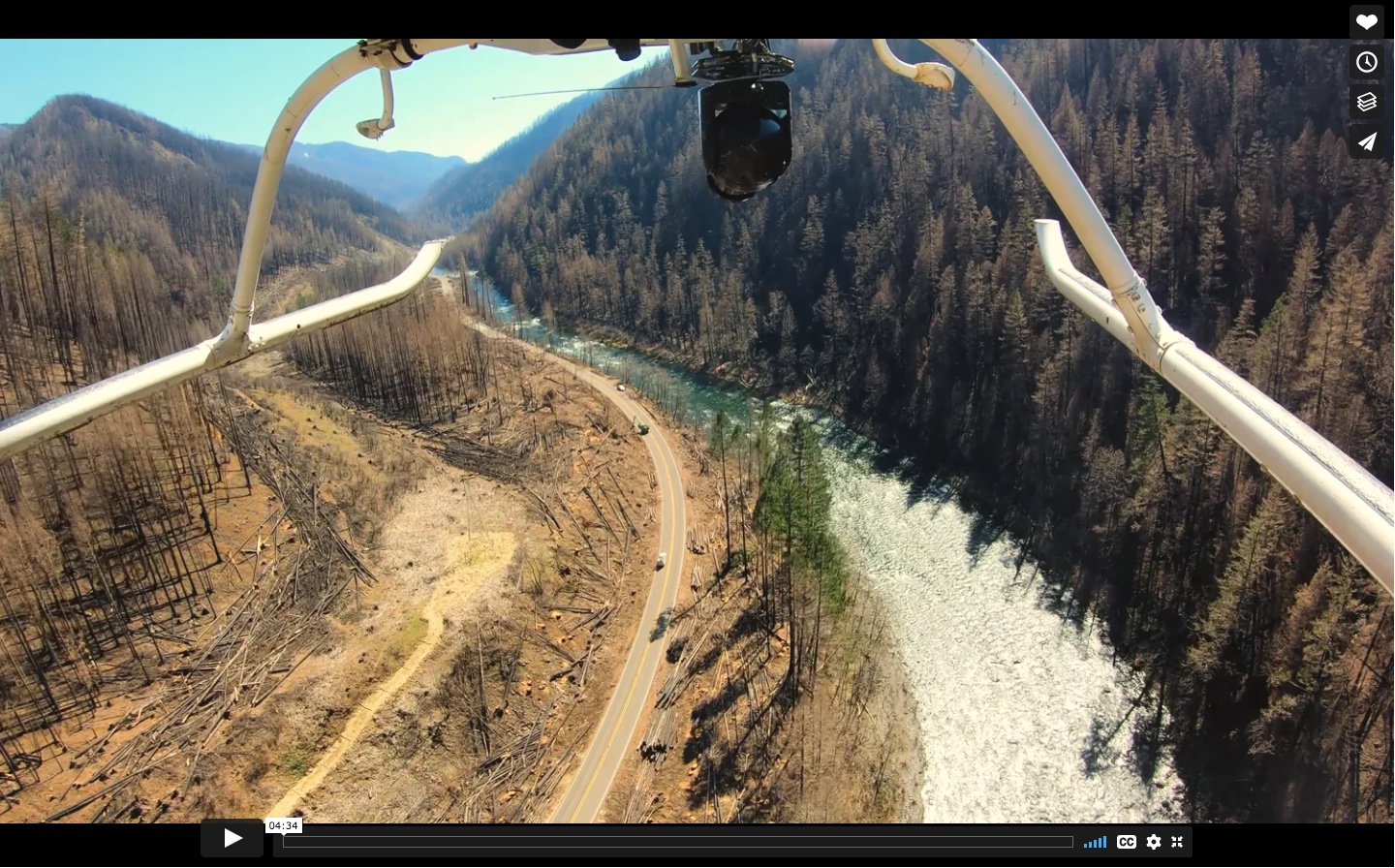Oregon’s forests do regenerate after fires. We’ve seen marvelous self-regeneration in the Columbia Gorge since the 2017 Eagle Creek Fire. Today, however, there is growing alarm over the number of trees being cut along scenic highways, protected rivers, and even little-used secondary roads within the burn boundaries of 2020’s Labor Day fires.
In an April 14 OPB article, arborists and scientists spoke out, saying hazard tree cutting is being grossly mismanaged across the state, endangering municipal water supplies and disregarding the role of these trees in carbon storage. The Oregon Dept. of Transportation and its Florida contractors are turning a blind eye to nature’s recovery process, recklessly removing trees that aren’t hazardous. Green trees, with little or no fire scars, are among stacks of enormous old trees along roadways near Opal Creek and the Breitenbush River. The article says subcontractors are paid $250 to $8,000 for each tree felled, and work is proceeding without proper guidelines, likely in a rush to qualify for FEMA funds that could cover 75% of the hazard tree removal work.

Fly over the Clackamas River with Michael Krotcha, Forest Watch Coordinator, Bark.
Excessive logging is visible along hundreds of miles of roadway in the Umpqua, Clackamas, Santiam, McKenzie, and Illinois River watersheds. Many affected roadways are in steep canyons, where the tree-cutting frenzy is likely to destabilize slopes, pushing sediment into waterways and imperiling salmon. Agencies are moving forward with minimal analysis, using Categorical Exclusions—devised for small, low-impact projects—that provide little time for public comment. Our allies at Cascadia Wildlands have created a template to urge Gov. Brown to halt this roadside hazard tree logging and to investigate ODOT practices. Sign on to voice your opposition to these post-fire logging actions. You can also visit thrivingwithfire.org to learn more, contact lawmakers, and stand strong for our forests.
Roadside hazard tree removal is only one aspect of damaging post-fire logging around the state. The Roseburg BLM plans to clearcut nearly 7,000 acres that burned in the Archie Creek Fire. Clearcuts are also proposed for 3,500 acres in the Santiam State Forest east of Salem and 1,500 acres above the McKenzie River. Other timber sales are likely. Renowned forestry professors Jerry Franklin and Norm Johnson recently spoke out about the devastating impacts of post-fire logging on the ability of forests to regenerate. We invite you to submit comments urging the Bureau of Land Management to cancel the harmful logging proposals in the North Umpqua River watershed and Upper McKenzie River watershed.
Oregon Sierra Club recently formed a Forest Issues Team to help our chapter engage more effectively on numerous issues related to forests, including post-fire logging. To find out more or join the team, email Carol at illinoisvalley@oregon.sierraclub.org.